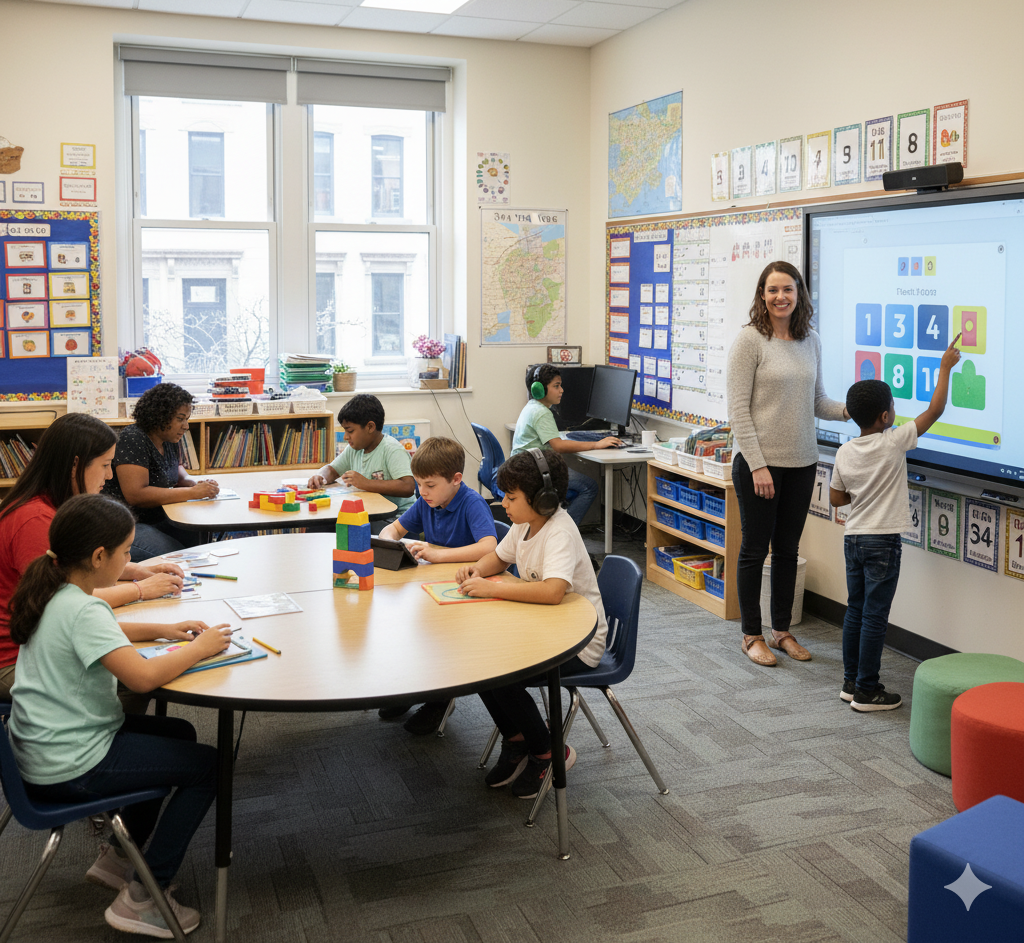আমাদের যুক্তরাষ্ট্রভিত্তিক কপিরাইট ডিস্ট্রিবিউশন সেন্টারে প্রায়ই অনেক শিল্পী ও পরিবার আসে, যারা তাদের প্রিয়জনের সৃষ্টিকর্ম সংরক্ষণ ও কপিরাইট সুরক্ষিত রাখতে চান।
অনেক সময় তারা একই ব্যথার গল্প শোনান—যে গানগুলো একসময় প্রজন্মকে ছুঁয়ে গিয়েছিল, সেগুলোর কোনো আনুষ্ঠানিক নিবন্ধন ছিল না।
একই রকম এক হৃদয়স্পর্শী গল্প হলো সুধীন দাশগুপ্ত-এর—বাংলা গানের সোনালি যুগের এক অমর সুরকার, যিনি মৃত্যুর পরও তাঁর সৃষ্টির মাধ্যমে বেঁচে আছেন, অথচ আইনিভাবে তাঁর উত্তরাধিকার সুরক্ষিত হয়নি।
🎼 শৈশবের সুর ও অনুপ্রেরণা
দার্জিলিংয়ে জন্ম নেওয়া সুধীন বড় হয়েছেন সংগীতময় পরিবেশে। ছোটবেলা থেকেই তিনি সুরে সুরে বাঁচতেন। পরে লন্ডনের Royal School of Music থেকে সংগীত শিক্ষা নেন। বাঁশি, তবলা, হার্প—সবই ছিল তাঁর আঙুলের জাদুতে নিয়ন্ত্রিত।

একবার জলপাইগুড়ির নবাবকন্যা বেগম জব্বার আয়োজন করেছিলেন এক সংগীতানুষ্ঠান। সেখানে উস্তাদ ওয়ালিউল্লাহ খান সেতার বাজানোর পর সেই রাগটি ছোট্ট সুধীন বাজিয়ে শুনিয়ে সবাইকে বিস্মিত করেন।
সেই রাতে বেগম জব্বার তাঁকে উপহার দেন এক রত্নখচিত সেতার—এক সুরযাত্রার সূচনা হয় সেই মুহূর্তে।
🎬 দার্জিলিং থেকে কলকাতা — নতুন অধ্যায়
পরিবারকে ধসের কারণে দার্জিলিং ছেড়ে কলকাতায় আসতে হয়। বাংলা ভাষায় দক্ষ না হলেও তিনি পরে শিক্ষক রেখে শেখেন।
কলকাতায় এসে সংগীত পরিচালক কমল দাশগুপ্ত-এর সহকারী হিসেবে কাজ শুরু করেন এবং যুক্ত হন ভারতীয় গণনাট্য সংঘ (IPTA)-এর সঙ্গে।
“ওই উজ্জ্বল দিন ডাকে স্বপ্নরঙিন”, “এই ছায়াঘেরা কালো রাতে”—এইসব গান তাঁর হাতেই জন্ম নিয়েছিল।
তবে প্রথমদিকে সাফল্য ছিল ক্ষণস্থায়ী, অনেক গীতিকারই নতুন এই সুরকারকে পাত্তা দিতেন না।
এই উপেক্ষাই তাঁকে গড়ে তোলে—সেই জেদ থেকেই তৈরি হয় বাংলা গানের ইতিহাসের এক উজ্জ্বল অধ্যায়।
🎵 কালজয়ী সুর, অবিস্মরণীয় গান
শঙ্খবেলা, তিন ভুবনের পারে, বসন্ত বিলাপ—এসব সিনেমার সঙ্গীত আজও অমর।
‘কে প্রথম কাছে এসেছি’ আর ‘আমি আগন্তুক, আমি বার্তা দিলাম’—গান দুটি নিয়ে দ্বিধা ছিল। শেষ পর্যন্ত মান্না দে গান দুটো গাইলেন, আর তৈরি হলো ইতিহাস।
‘জীবনে কী পাব না’, ‘হয়তো তোমারই জন্য’, ‘লেগেছে লেগেছে আগুন’—এসব গান আজও বাঙালির হৃদয়ে বাজে।
💿 কপিরাইট—যা তাঁর প্রাপ্য ছিল
১৯৮২ সালের ১০ জানুয়ারি সুধীন দাশগুপ্ত মাত্র ৫২ বছর বয়সে চলে যান।
এরপর বাঙালি তাঁকে ভুলে যায়। অর্থকষ্টে তাঁর স্ত্রীকে শাড়ি বিক্রি করতে হয়েছিল।
যে মানুষ এত গান উপহার দিয়েছেন, তাঁর পরিবার রয়্যালটি দাবি করতে পারেনি—কারণ তাঁর সৃষ্টিগুলো কখনোই কপিরাইট রেজিস্ট্রেশন হয়নি।
এই গল্পটি আমাদের শেখায়—
কপিরাইট শুধু আইনি কাগজ নয়, এটি শিল্পীর সম্মান ও পরিবারের ভবিষ্যৎ।
🇺🇸 আমরা কীভাবে সাহায্য করি
আমরা যুক্তরাষ্ট্রে বসে এই কাজটিই করছি—
✅ শিল্পী ও প্রযোজকদের ISRC ও UPC কোডসহ কপিরাইট নিবন্ধন করাতে সহায়তা।
✅ পরিবারের সদস্যদের রয়্যালটি দাবি করতে সাহায্য।
✅ শিল্পীর নাম ও কাজকে ডিজিটাল আর্কাইভে সংরক্ষণ করা।
আমরা চাই না আর কোনো সুধীন দাশগুপ্ত বিস্মৃত হোক।
যতদিন বাংলা গান থাকবে, ততদিন তাঁর সৃষ্টি বেঁচে থাকবে।
আমাদের দায়িত্ব হলো—সেই সৃষ্টিগুলোকে সুরক্ষিত রাখা।
তথ্যসূত্র: আনন্দবাজার পত্রিকায় পৌলমী দাস চট্টোপাধ্যায়-এর লেখা ও অন্যান্য সংরক্ষিত সূত্র।
মোহিকন্টক কপিরাইট ডিস্ট্রিবিউশন (USA)-এর জন্য পুনর্লিখিত
Read in English :
Remembering Sudhin Dasgupta: The Forgotten Maestro Who Deserves His Copyright Legacy
At our copyright distribution center here in the U.S., we often receive inquiries from families and artists who want to protect the musical legacies of their loved ones. Many of them share a common pain — songs that touched generations but were never properly registered, leaving behind no royalties, no documentation, and sometimes, no recognition.
One such story that continues to move us deeply is that of Sudhin Dasgupta — one of Bengal’s greatest yet often forgotten music directors and composers.
A Childhood of Harmony and Heritage
Sudhin Dasgupta was born in Darjeeling and raised in a refined, music-loving environment. From an early age, he was surrounded by rhythm and melody — not just as a listener but as a prodigy. He studied music at the prestigious Royal School of Music in London, mastering instruments from the flute and tabla to even the harp.
A famous moment from his youth tells you everything about his genius: during a music evening organized by Begum Jabbar, a Nawab’s daughter from Jalpaiguri, a young Sudhin played the same raga just performed by Ustad Waliullah Khan — flawlessly. The Ustad was astonished. That night, Begum Jabbar presented the boy with a jeweled sitar, marking the beginning of a remarkable musical journey.
From Darjeeling to Kolkata — and Into the World of Film
After a landslide forced his family to leave Darjeeling, the Dasguptas moved to Kolkata. Sudhin struggled with the Bengali language at first but soon mastered it with the help of a tutor. In Kolkata, he began his career assisting music director Kamal Dasgupta and joined the Indian People’s Theatre Association (IPTA), creating revolutionary songs like “Oi Ujjwal Din Dake Swapnorongin” and “Ei Chhayaghera Kalo Rate.”
But recognition was slow. Lyricists and producers often overlooked this “new” composer with a fresh, modern sound. Yet it was that very rejection that ignited his determination. He channeled every ounce of that fire into his work — eventually shaping the golden age of Bengali film music.
The Masterpieces That Defined Generations
Sudhin’s compositions turned films like Shankhabela, Tiin Bhubaner Paare, and Basanta Bilap into timeless classics. When the question arose of who would sing “Ke Prothom Kache Eshechi” and “Ami Agantuk, Ami Barta Dilam”, debates followed. Sudhin boldly chose Kishore Kumar — a decision many doubted. Ultimately, Manna Dey sang both songs, and the rest is history.
His melodies carried an unmistakable emotional intelligence — bridging poetic lyricism and cinematic magic. Whether it was “Jibone Ki Pabo Na”, “Hoyto Tomar-e Jonno”, or “Legeche Legeche Agun”, his music remains woven into Bengal’s collective memory.
A Legacy That Deserves Copyright Protection
On January 10, 1982, Sudhin Dasgupta returned home from teaching at the Banichakra music school. Moments later, he suffered a fatal heart attack. He was only 52 years old.
After his passing, Bengal gradually forgot him. His widow, facing severe financial hardship, was once forced to sell saris door-to-door. Imagine that — the wife of a man whose songs defined an era, left without the means to claim royalties from his own creations.
This story is heartbreaking, but sadly, not unique. It’s a reminder of why copyright registration matters — not just as legal paperwork, but as a safeguard for artistic legacy and family dignity.
At our copyright distribution center, we’re inspired by stories like Sudhin’s to continue our mission:
✅ Helping musicians and filmmakers register their creative works with proper ISRC and UPC codes.
✅ Ensuring families can claim royalties from streaming platforms and broadcasters.
✅ Preserving the names and works of artists so that no creation ever disappears into history’s silence.
As long as Bengali songs are sung, his melodies will live on.
But it’s up to us — the archivists, the copyright custodians, and the new generation of musicians — to make sure his music is not just remembered, but also protected.
Story reference: Based on an article by Poulomi Das Chattopadhyay in Anandabazar Patrika and other archival sources.
Image: Sudhin Dasgupta with his wife, Manjushree Dasgupta.
Rewritten for Mohikontok Copyright Distribution, USA
